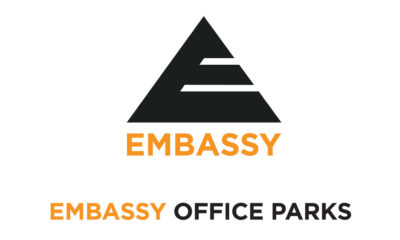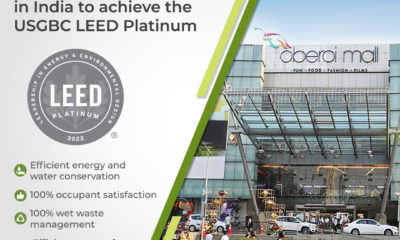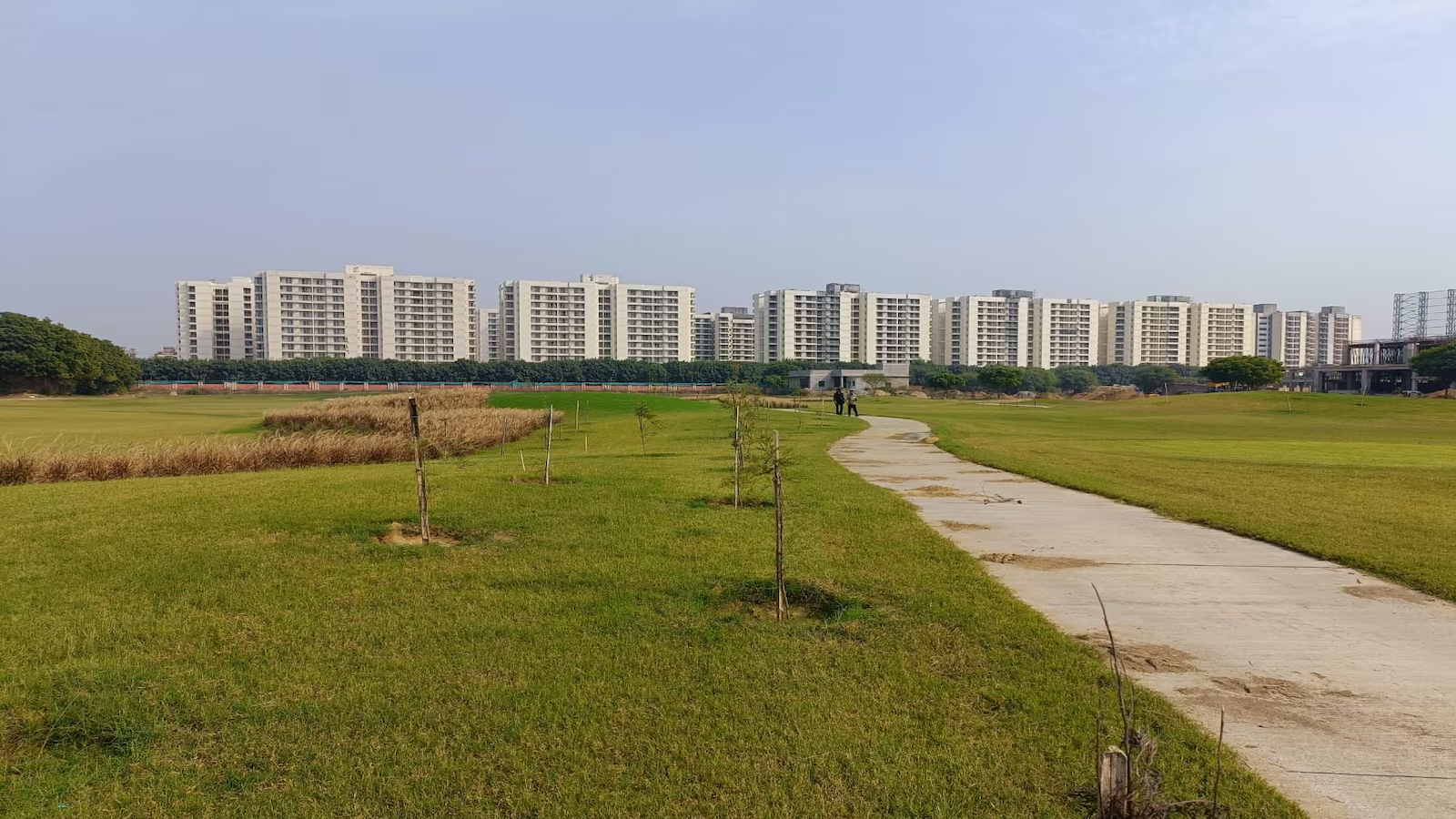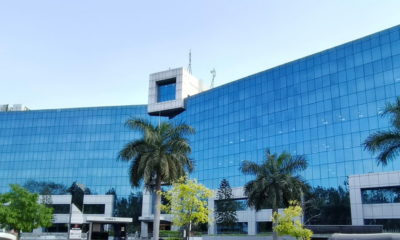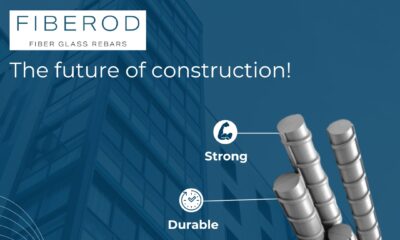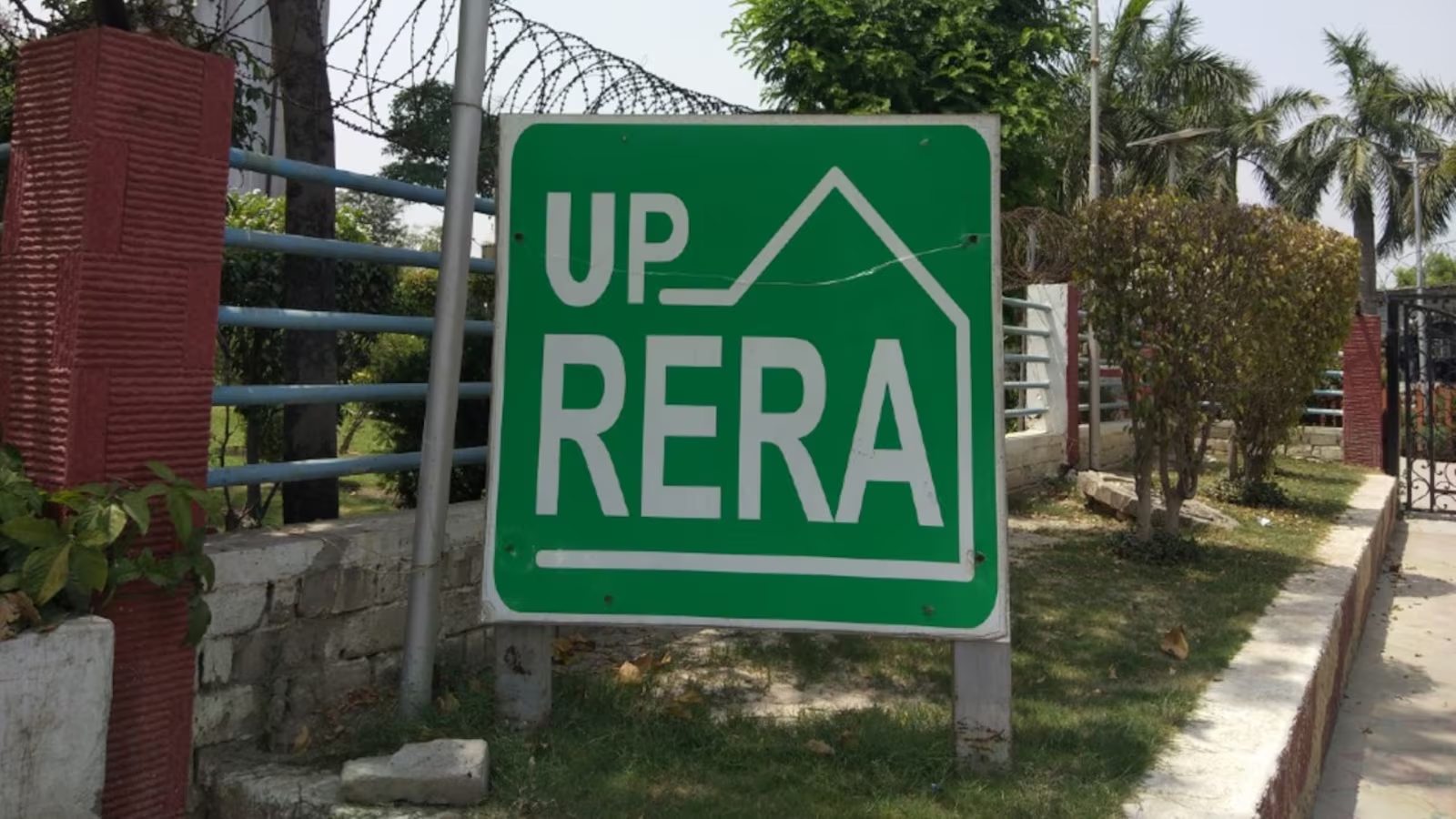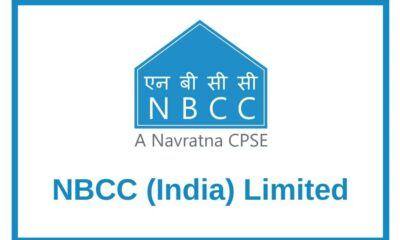News
Misconceptions key hurdle to adoption of green buildings in India, says research


As part of its Living Standard campaign, the US Green Building Council (USGBC) on February 18 released a consumer market research conducted by ClearPath Strategies.
The research investigates best ways to engage with Indian consumers outside of the green building community and understand their perception about green buildings.
It revealed that while Indians are aware of green buildings and their benefits; most of the respondents portrayed misconceptions about accessibility and cost, making them the biggest obstacles in the adoption of these transformative practices.
Additionally, the research unearthed four important findings that shed light on barriers to adopting green buildings in India.
- Indian consumers adopt green practices downstream, but do not see green buildings as an upstream solution to protect their health
Indians are acutely aware of the impact of clean water and clean air on their health. However, consumers feel that the onus is on them to purchase products at the very end state — downstream — to address these problems, rather than seeking out or advocating for LEED buildings, which inherently benefit their health by design upstream.
- Misconceptions about accessibility and cost are the biggest obstacles to broader adoption
People in India associate green buildings with luxury hotels, office parks and industrial zones. Interestingly, they do not see important structures like a school, temple or residential building as potentially being a green building. One of the reasons for this can be attributed to misconceptions around accessibility of green buildings. Most respondents did not know who green buildings are for or how much they cost, and many believed that green buildings are physically far away urban environments.
- The top ways to motivate engagement among consumers around green buildings are health, productivity and pride
The research also revealed that the top ways to motivate consumers to embrace and demand green buildings is by highlighting their benefits on health. Health is the number one motivator for greener buildings. The second highest motivating point is showing employees how they will be more productive. Green buildings have proven to increase the productivity of employees as they have access to clean, high-quality indoor air that contributes to their overall workplace happiness. And the third, which is unique to Indians, is a real sense of pride in living or working in a certified green building. This pride of place stems from the respondents’ belief that the building owners or organisations have invested in ensuring their health and wellbeing.
- COVID-19 creates urgency around public health and the economy — green buildings must be part of the solution
Most of the respondents felt that green buildings can drive a change in the way the economy functions. The research showed that by prioritizing people’s health and wellbeing, organizations as well as property developers could contribute toward enabling a healthy economy by ensuring occupants have a healthy indoor environment.
According to a survey conducted by BCG on COVID-19 and Environment with 3,249 people in May 2020 across eight countries – Brazil, China, France, India, Indonesia, South Africa, the UK, and the US – 75% of those surveyed wanted to improve their indoor spaces. Further, 67% of people purchased items to improve the health of their indoor spaces and 63% used green products. The survey also found that people want to see aggressive action on the environmental front. More than two-thirds of the respondents revealed that economic recovery plans should make environmental issues a priority. This points to the fact that increased commitment to sustainability is expected from companies and governments.




The Living Standard research was conducted via in-depth interviews with real estate, construction and AEC (architecture, engineering and construction) professionals from Bengaluru, and additional focus group interactions with consumers working in manufacturing facilities, small businesses and enterprise businesses in Bengaluru.
-



 News3 weeks ago
News3 weeks agoKW Delhi 6 Mall Onboards New Brands
-



 News4 weeks ago
News4 weeks agoManasum Senior Living Launches IKIGAI GOA, A Senior Living Community in North Goa, in collaboration with Prescon Homes
-



 News2 weeks ago
News2 weeks agoGodrej Properties Sells Rs 3k cr+ Homes of Godrej Zenith, Gurugram, within 3 days
-



 News4 weeks ago
News4 weeks agoBridging India Divide: Top 5 Tier- 2 Cities to Focus On
-



 News3 weeks ago
News3 weeks agoCommercial Realty Gets Tech Savvy: Fast Construction, Enhanced Convenience
-



 News4 weeks ago
News4 weeks agoMultipoint Connection – A Definite Boon
-



 News3 weeks ago
News3 weeks agoRBI’s Status Quo on Key Policy Rates to Help Maintain the Real Estate Growth Momentum, Say Industry Stalwarts
-



 News1 week ago
News1 week agoOlive Announces Dhruv Kalro as Co-Founder









